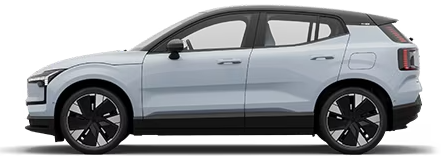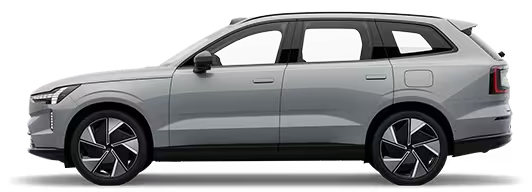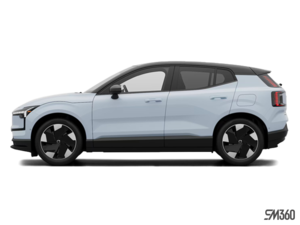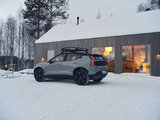Volvo v Volvo: How are the C40 and XC40 Different?
October 18 2022,
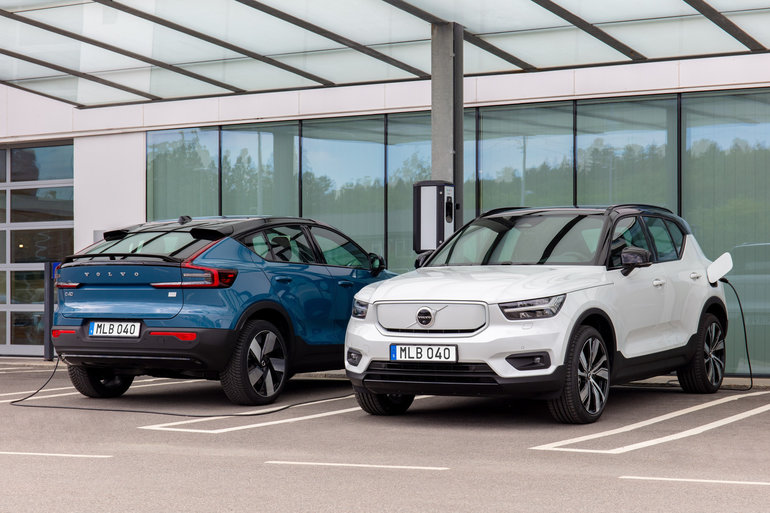
You may have recently walked in to a Volvo showroom and wondered just what that swoop-backed, big-wheeled and brightly coloured car was taking centre stage. While we weren’t there with you, we guess that you were looking at the striking C40 EV, Volvo’s take on the popular four-door coupe body style that’s making waves in the luxury CUV sphere. The C40 is striking, to be sure but there’s another Volvo in the compact EV crossover world as well, and it’s called the XC40 and uses the same powertrain as the C40, and is priced exactly the same until you reach Ultimate spec, where opting for the XC40 saves you a few hundred dollars.
You could say that the XC40 is the vet of the duo, having been around for a year more than the C40 in EV form, and a few years more if we consider the original gas-powered model. It is the more traditionally-styles of the two, what with its two-box shape and more vertical rear hatch. With its steeply-sloped roofline the C40 is the more aggressively-styled of the two, as well as Volvo’s first ever standalone electric model in that there is no gas-powered counterpart as there is with the XC40. It is likely the vehicle that a younger buyer might go for, one that doesn’t require as much rear headroom and would rather have the slick styling of a four-door coupe.
It's not all about for over function, however, when it comes to the C40. With its more aerodynamic shape and adds to the rear tailgate, it is the more streamlined of the two vehicles and gets more range from its 78 kWh battery pack, the same pack the XC40 uses. Volvo claims 359 km of range for the XC40, and 364 for the C40 as a result. Power from each vehicle’s dual-motor set-up is rated at 402 horsepower and 487 pound-feet of torque, which are some pretty generous figures for compact vehicle like these.
Inside, other than the back seats and cargo area, we once again see similarities, with the 9” vertical infotainment display, steering wheel and gauge cluster shared between the two. The main differences are the C40’s fixed-glass roof and the XC40’s opening moonroof as well as the light-up topographical inserts on parts of the C40’s dash, on-hand to show that it is the more lifestyle-oriented vehicle of the two. They also both can be charged on level III DC fast chargers, to the tune of 10 per cent to 80 per cent in just under 40 minutes.
When searching for your next EV, take the time for both of these. You’ll be happy you did.



